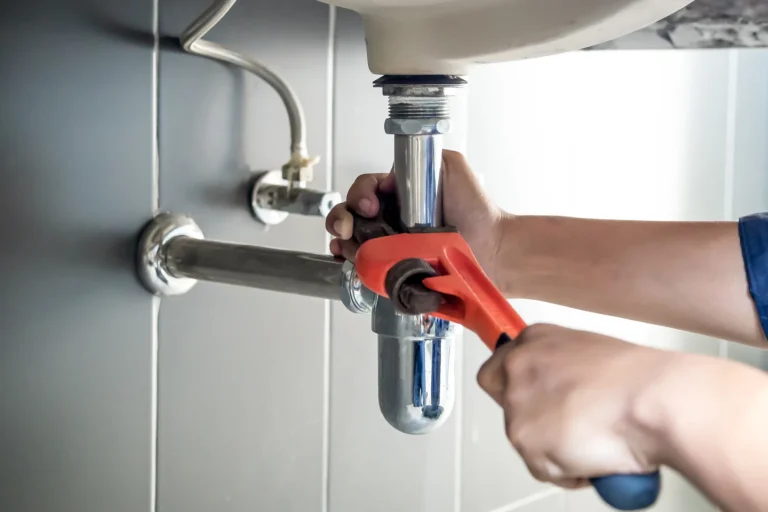Key Differences and Applications of ERW and Seamless Pipes

In the world of industrial piping, selecting the right type of pipe is essential for ensuring durability, efficiency, and cost-effectiveness. Two of the most widely used pipe types in industries today are ERW (Electric Resistance Welded) and Seamless pipes. Although both serve similar functions in transporting fluids, gases, and other materials, their manufacturing methods, characteristics, and applications differ significantly. Understanding these distinctions helps engineers and project managers choose the best option for specific industrial requirements.
Understanding ERW and Seamless Pipes
ERW pipes are made by rolling metal sheets into cylindrical shapes and then welding the seams using electric resistance. This process produces pipes that are uniform in thickness and have a clean finish. On the other hand, seamless pipes are manufactured by extruding solid billets through a die to form a hollow tube, eliminating the need for welding altogether. The absence of a weld seam gives seamless pipes superior strength and pressure-handling capabilities, making them suitable for high-stress applications.
To learn more about the manufacturing quality and performance standards of ERW Seamless Pipe products, Cortec Steel offers a range of materials designed for various industrial applications with an emphasis on durability and compliance with global standards.
Manufacturing Differences Between ERW and Seamless Pipes
The primary difference lies in the production process. ERW pipes are created through the electrical resistance welding technique, where the edges of a steel strip are fused under heat and pressure. This results in a welded joint that is almost as strong as the base metal itself. The process is highly efficient, making ERW pipes ideal for large-scale production and low to medium pressure uses.
Seamless pipes, however, are made without any welds. The process involves heating a steel billet and then piercing it to form a hollow tube. The lack of welds means these pipes can withstand higher internal and external pressure. As a result, seamless pipes are typically preferred in industries like oil and gas, power generation, and chemical processing where high performance is essential.
Mechanical Properties and Strength
Seamless pipes generally exhibit higher mechanical strength and resistance to corrosion because they have no welded joints that could potentially weaken the structure. They also offer uniformity in shape and structure, which makes them suitable for precision engineering applications.
ERW pipes, on the other hand, are more consistent in wall thickness and surface finish due to modern automated welding processes. While they might not match the pressure resistance of seamless pipes, advancements in technology have significantly narrowed the performance gap between the two. For many low to medium pressure applications, ERW pipes offer an economical and reliable solution.
Industrial Applications
The choice between ERW and seamless pipes largely depends on the intended application:
- ERW Pipes: Commonly used in water pipelines, fencing, scaffolding, and structural applications. They are also popular in the automotive and construction industries due to their cost-effectiveness and ease of production.
- Seamless Pipes: Preferred in industries requiring high pressure, high temperature, and critical performance, such as oil and gas refineries, power plants, and chemical industries. Their ability to handle stress and corrosion makes them indispensable in such environments.
In modern infrastructure, both pipe types play vital roles. ERW pipes are used for transporting fluids and gases in low-pressure systems, while seamless pipes serve high-pressure applications where safety and performance are paramount.
Cost and Maintenance Considerations
One of the biggest differences between the two lies in cost. ERW pipes are more affordable due to their efficient manufacturing process, making them the go-to choice for general use and mass production. Seamless pipes, being more complex to produce, are comparatively expensive but offer unmatched strength and reliability for critical operations.
Maintenance also varies: seamless pipes generally require less maintenance in high-stress environments because they lack welded seams, which are potential weak points. ERW pipes, however, can be easily inspected and repaired if needed, which is advantageous in many industrial settings.
Choosing the Right Pipe for Your Application
When selecting between ERW and seamless pipes, factors such as operating pressure, temperature, environment, and budget should be considered. For example, a power plant transporting high-temperature steam would benefit from seamless pipes, while a construction company building structural frameworks might find ERW pipes more practical.
Conclusion
Both ERW and seamless pipes hold essential positions in industrial operations. ERW pipes offer affordability and efficiency, while seamless pipes deliver superior strength and durability. Understanding the distinctions between the two ensures optimal performance and longevity in various engineering and construction projects. Ultimately, choosing the right ERW Seamless Pipe solution depends on the specific demands of the application, balancing cost, performance, and safety to achieve the best results.





